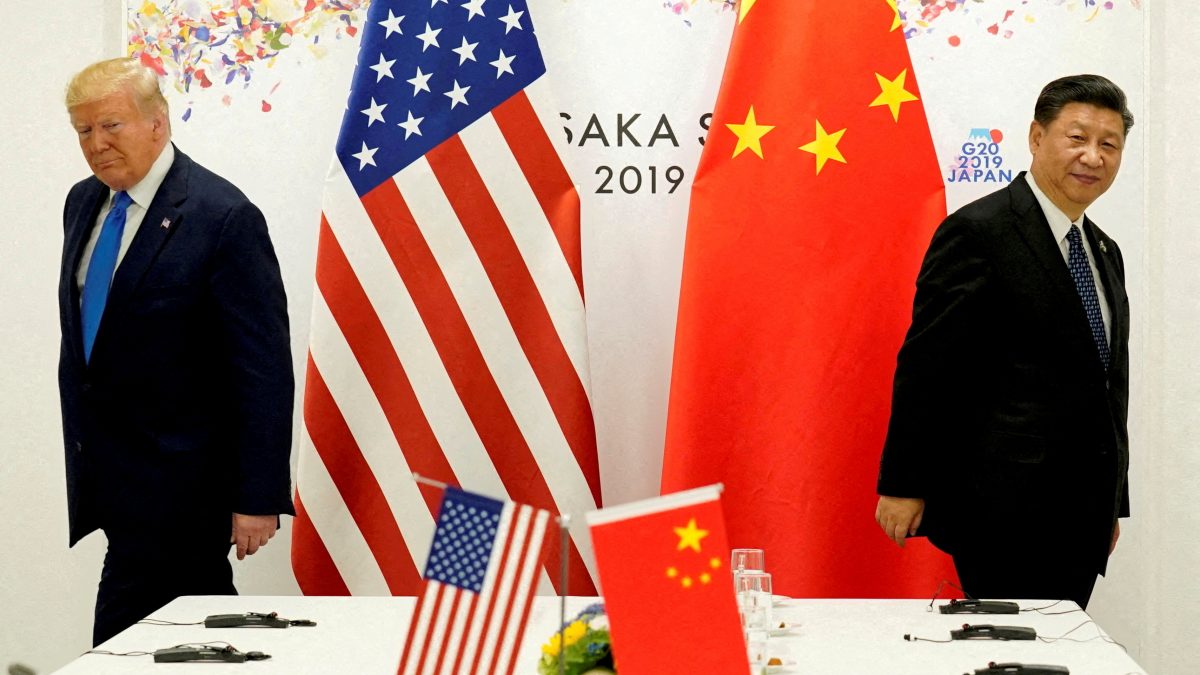US President Donald Trump said on Tuesday that he is likely to visit China in the near future, amid efforts to stabilise trade and security ties between the world’s two largest economies.
“President Xi has invited me to China, and we’ll probably be doing that in the not-too-distant future,” Trump told reporters in the Oval Office. “A little bit out, but not too distant. And I’ve been invited by a lot of people, and we’ll make those decisions pretty soon.”
The potential trip, which has yet to be finalised, could coincide with Trump’s scheduled visit to Asia later this year. According to sources cited by Reuters, one option under consideration is a bilateral meeting with Xi Jinping on the sidelines of the Asia-Pacific Economic Cooperation (APEC) summit, set to take place in South Korea from October 30 to November 1.
Another possible occasion would be a Beijing ceremony on September 3 to mark the 80th anniversary of the end of World War Two, which Russian President Vladimir Putin is also expected to attend. If confirmed, meetings between Trump and either Xi or Putin would mark the first in-person encounters since Trump’s second inauguration on January 20.
Neither the White House nor China’s Ministry of Foreign Affairs has commented publicly on the reports.
Meeting Marcos, eyeing Beijing
Trump’s remarks came during a meeting with Philippine President Ferdinand Marcos Jr., a key U.S. ally in the Pacific region. Trump noted that he had convinced Marcos to steer away from Chinese influence.
“The country was maybe tilting toward China for a period of time, but we un-tilted it very, very quickly,” he said. “I don’t mind if he gets along with China because we’re getting along with China very well.”
Impact Shorts
More ShortsSince taking office in 2022, Marcos has sought closer defence ties with Washington amid escalating tensions with Beijing in the South China Sea. The US and the Philippines share a mutual defence treaty dating back over 70 years, potentially drawing Washington into any maritime conflict between Manila and Beijing.
Trade standoff and tariff deadline
Despite recent overtures, Washington continues to view Beijing as its primary strategic rival. Since Trump’s return to office, he has reignited a protectionist agenda, resuming tariff battles that first began during his previous term.
China’s support for Russia, tensions over Taiwan, the opioid trade, and the use of exit bans on US citizens remain key sources of friction. Nonetheless, Trump has recently struck a more conciliatory tone, describing his relationship with Xi as “healthy.”
The president has floated a plan for a “universal” 10 per cent tariff on all imports, with higher rates for specific countries. Chinese goods currently face a 55 per cent tariff— the highest among US trade partners.
Trump has given both countries until August 12 to negotiate a “durable” tariff agreement. Whether an upcoming visit to Beijing helps break the impasse remains to be seen.
)